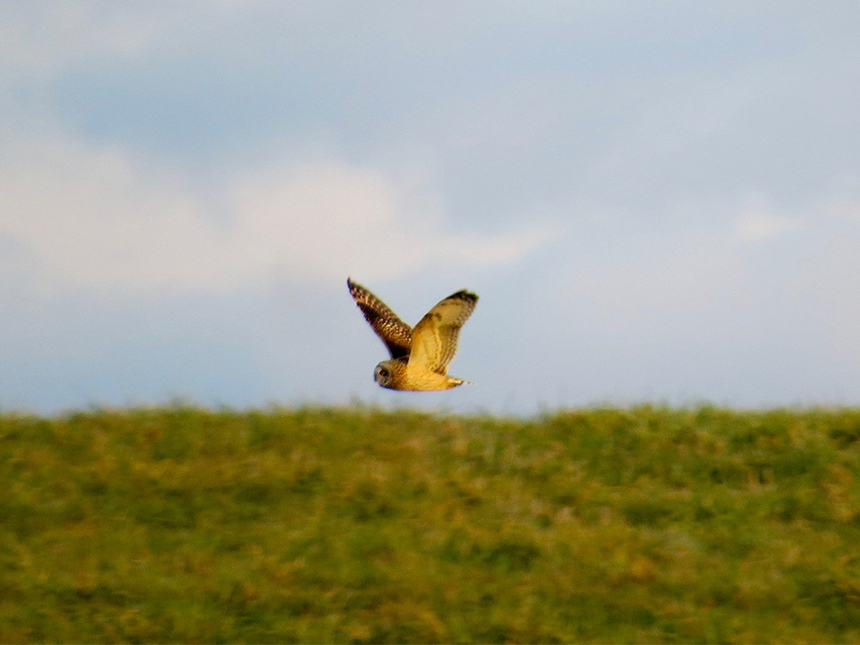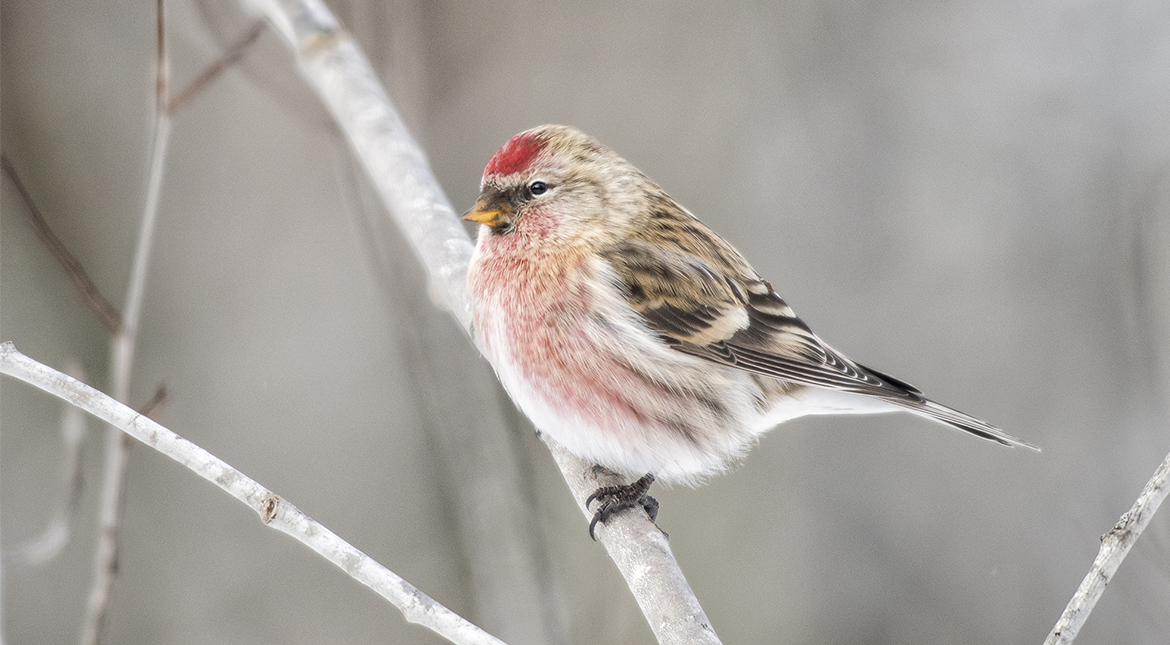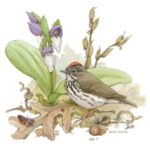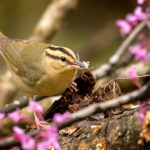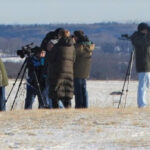Each month, our OOS Regional Directors are sharing their favorite birding hotspots in their respective regions – and beyond. These include some well-know destinations, specialty spots for specific species, and their own secret, treasured local patches. Have a favorite birding location? Reach out to your OOS Regional Director and let them know!
Amy Downing – Northwest Regional Director
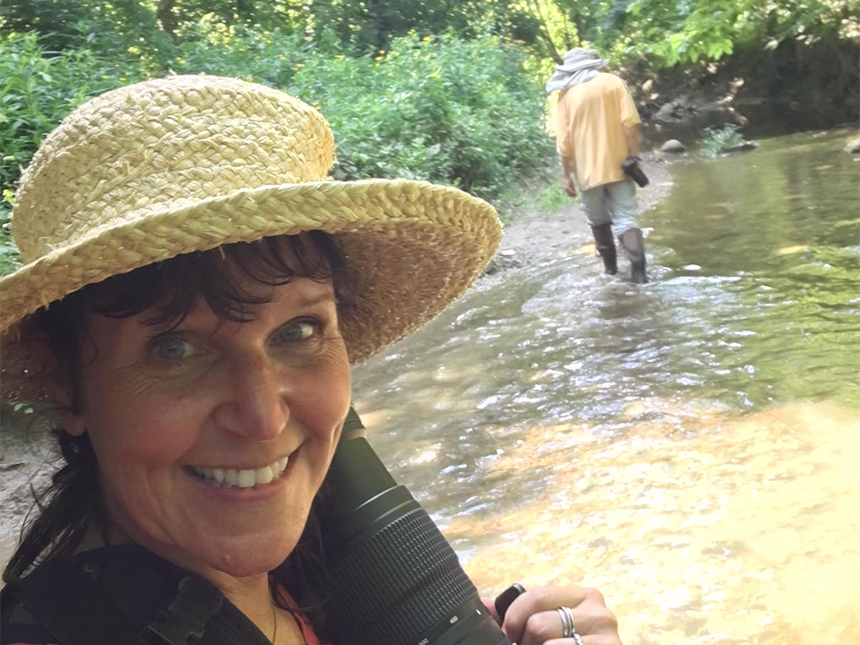
Quarry Farm Nature Preserve and Conservation Farm – Putnam County
This Putnam County area near Cranberry Creek flowing into larger Riley Creek was dredged and straightened in the 1950s to alleviate flooding in the area, but since then family and friends have worked hard on restoring the stream’s riparian corridor, the floodplain, and woodland maintained it as a retreat and nature preserve. With this habitat restoration it follows that good birds are found in the woods along Cranberry Creek, deep in the prairies, nearby abandoned quarries, and even in the barnyard of rescued farm animals.
I’ve also experienced creek walking mid summer for dragonflies, damselflies, and butterflies while listening to feeding songbirds. This is a wonderful hours long hike in a small preserve boasting 128 species of birds, but be sure to call ahead to let the owners/friends schedule your private time to visit. Be prepared for rough terrain, slippery rock and wet, wooden walkways, tall grasses requiring bug spray, and friendly hosts showing off the historic cabin and farm animals in the more accessible areas.
Kandace Glanville – Central Regional Director
Buckeye Lake State Park – Licking County
Buckeye Lake State Park in Licking county is a great body of water in central Ohio to check in the winter for ducks, geese, gulls, and any rarities that may have snuck in. There are various vantage points around the lake which you can drive up to, making full access pretty easy.
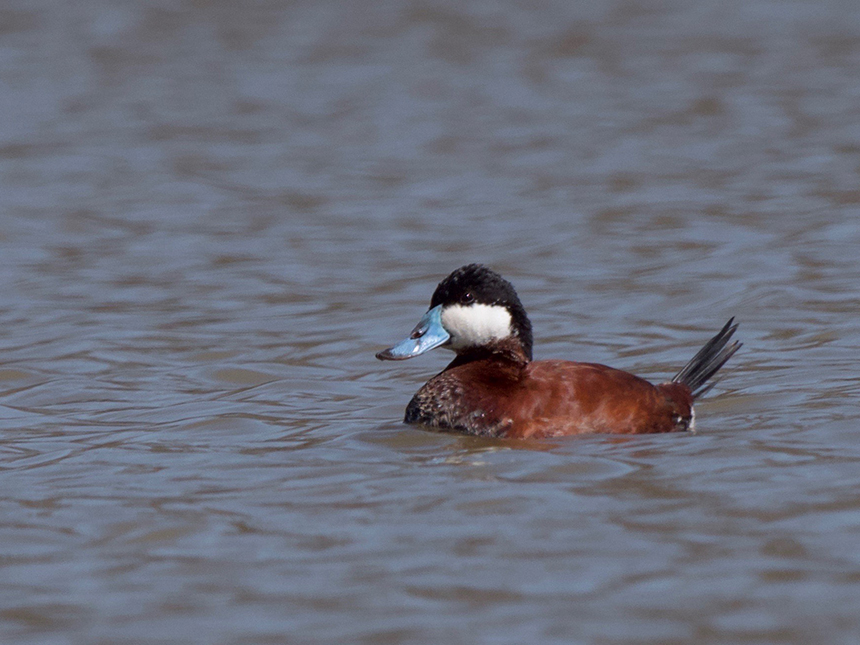
Diana Steele – Northeast Regional Director
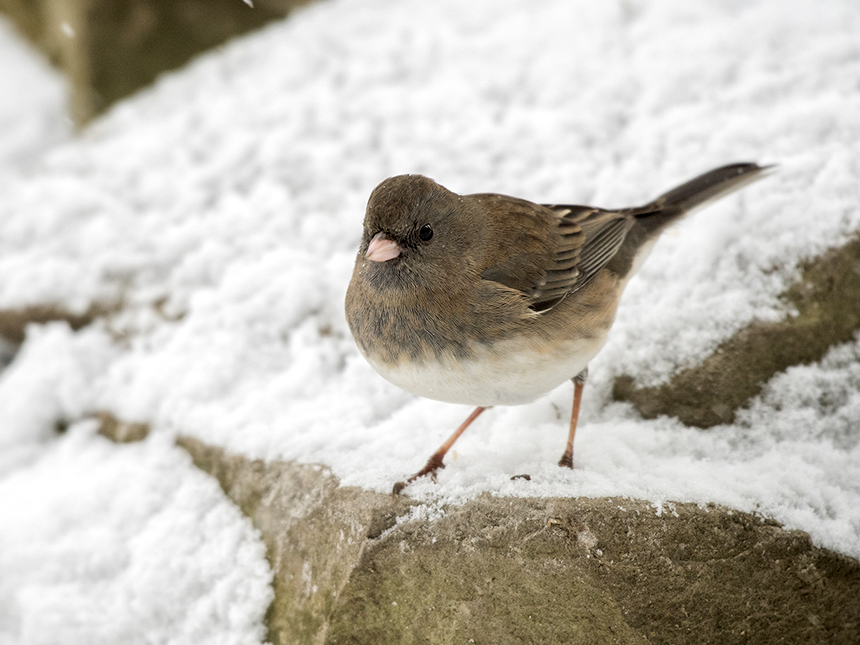
Cleveland Lakefront Nature Preserve – Cuyahoga County
The 88-acre Cleveland Lakefront Nature Preserve is one of the top hotspots for Lake Erie birding in December. Once a sunken barge, then a site for dumping river-bottom dredge sludge, the urban wildlife haven grew up as a land where none existed before.
Expect to find abundant waterfowl species and gulls out on the lake, always with a chance of a rarity. In the diverse mix of habitats inland, winter visitors like finches, siskins, juncos, red-breasted nuthatches, and white-throated sparrows flit among the young trees. In the dense pines, Northern Saw-whet Owls are fairly regular winter visitors.
Parking & restrooms are available. Walking is flat but not wheelchair accessible. Great views of downtown Cleveland from the west side overlook.
Jon Cefus – East Central Regional Director
Seneca Lake – Guernsey/Noble County
This month I will be birding the area around Seneca Lake. Seneca Lake touches Guernsey and Noble Counties, so it spans counties in both the East-Central and Southeast OOS areas. Seneca Lake has been one of the most productive inland lakes in this part of Ohio for producing diving ducks, including massive rafts of Loons. When birding the Seneca area, be sure to check out Hatchery Road, which runs along the outflow from the Seneca dam. These hatchery ponds often hold dabbling and diving ducks, and the drained ponds sometimes might hold a lingering shorebird in the winter months. Be sure to check the Birding In Ohio eBird hotspot page to get details on how to bird Seneca Lake. Happy birding!
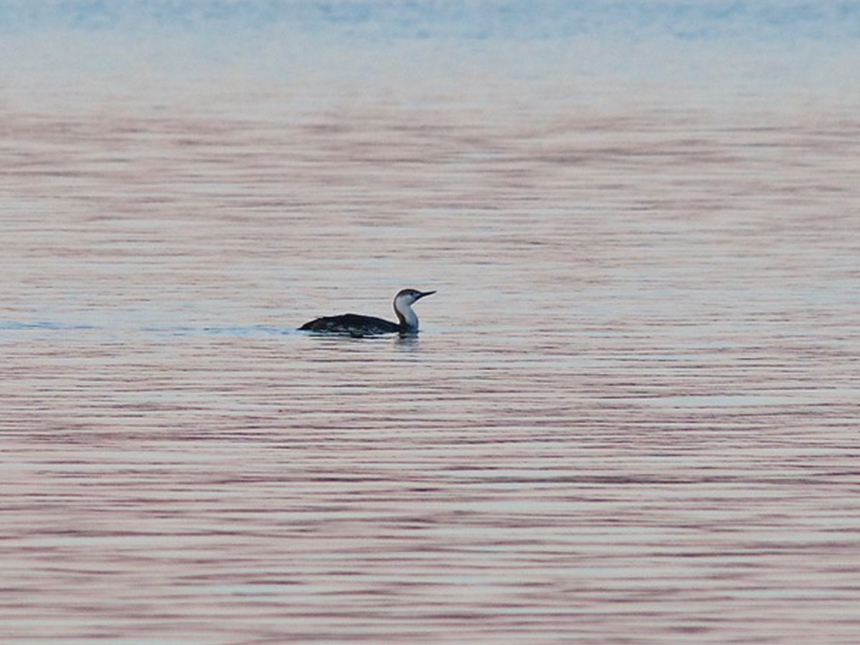
Tyler Ficker – Southwest Regional Director
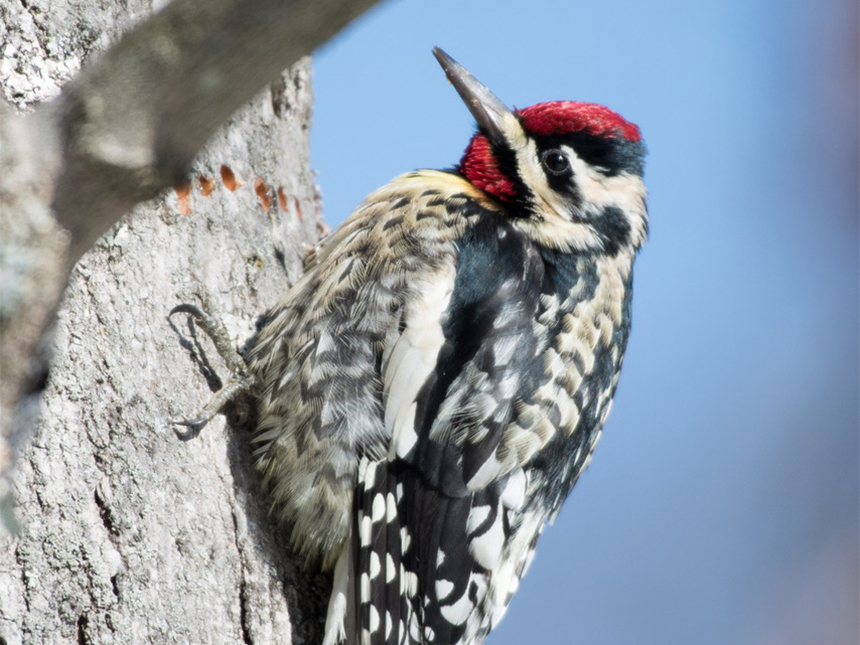
Cowen Lake State Park – Clinton County
Cowan Lake SP in Clinton County has diverse habitat around the reservoir that is home to many of our wintering species. What I notice the most is the number of woodpeckers present! All of Ohio’s woodpeckers can be found easily there along with the waterfowl on the lake!
Melissa Wales – Southeast Regional Director
Infirmary Road (CR 14) – Vinton County
Vinton County’s Infirmary Road (CR 14) is about 3 miles northeast of MacArthur, between Highways 93 and 677. It is a hauntingly beautiful stretch of lonely gravel road through grazing fields on a high sloping ridge of what appears to be former strip mine land. There is little traffic and pull offs at field gates where you can safely park and bird. Which I did recently when I learned from former OOS Board Member Alex Eberts that Short-eared Owls were present in late November.
I went a couple of times in the past week and observed upwards of five Short-eared Owls hunting the pasture land and occasionally barking at one another. I always marvel at their beauty – shades of warm brown, tan, yellow, and white and their graceful, low flight pattern over the fields. Northern Harriers were also present with their similar butterfly-like flight style.
I was informed by a local birder that you might also find grassland species there in other seasons, including Horned Lark, Grasshopper Sparrow, Bobolink, and Dickcissel. Keep birding!
